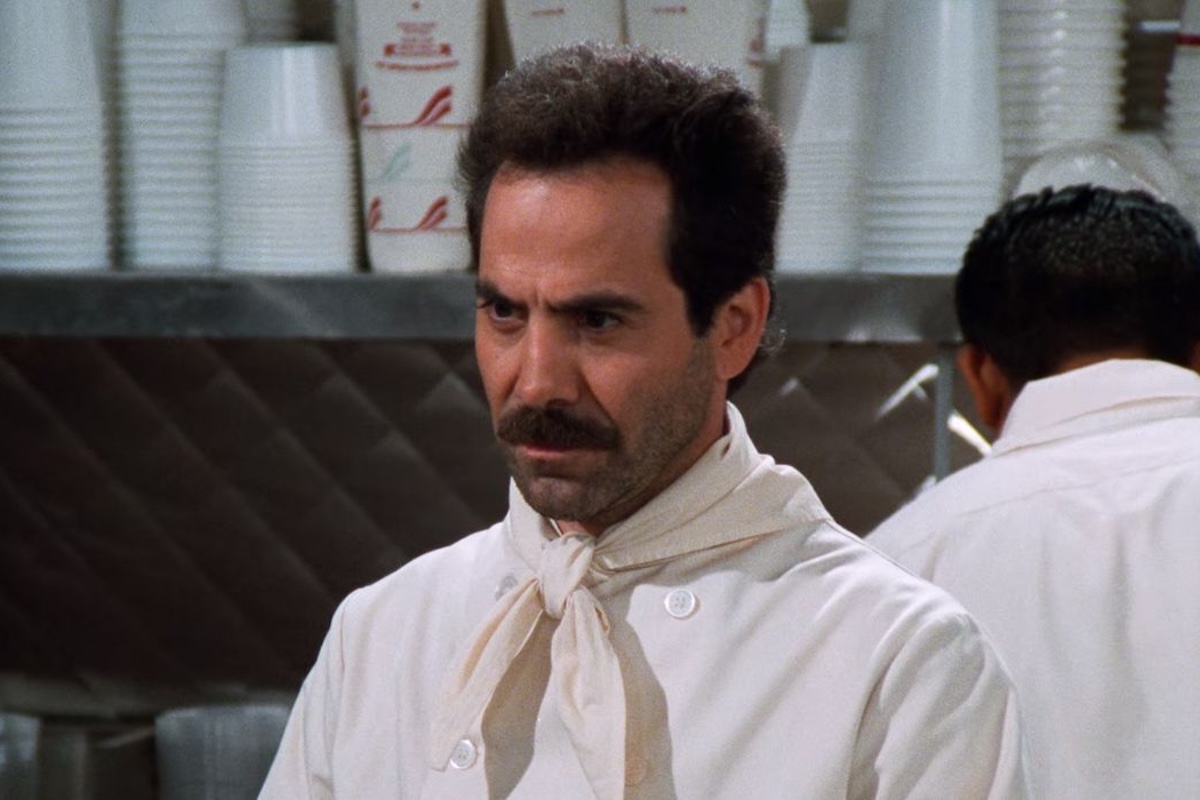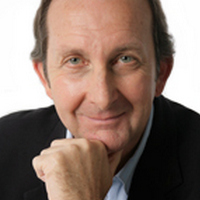

Only a global financial shock that threatens a recession will force our Reserve Bank to consider interest rate cuts next year. Why is this so?
Forget a rate cut in 2026! Only a global financial shock that threatens a recession will force our Reserve Bank to consider interest rate cuts next year.
While that kind of disaster can’t be ruled out, in the age of big debts for governments globally, potential overinvestment in Artificial Intelligence (and of course the human curve ball called Donald Trump), this could happen, though it’s not something anyone should wish for!
The reasons why economists and yours truly can’t see a chance of a cut is the persistently high inflation rate, which came in at 3.8% for the 12 months to the end of October.
While this number looks really big, it’s a less trustworthy number because it has volatile, shorter-term price changes in it. The RBA looks at the underlying core (or trimmed mean) inflation reading. This came in at 3.3%.
Remember, as the RBA wants this latter inflation number between 2-3%, 3.3% is too high for a rate cut to be considered. If it remains here or higher, they could raise rates.
As economists expected the headline rate to be 3.6% and the underlying rate 3%, the real world result was really on the high side. This is why everyone, including Paul Keating’s famous “galah in the local pet shop” is telling you to “forget a rate cut in 2026”.
Apart from a major, worldwide financial crisis, there could be a surprise if these inflation numbers prove to be unreliable. Why would I suggest that?
Well, these are monthly Consumer Price Index calculations based on a more extensive coverage of goods and services. It looks at 87% of the goods and services that the always regarded better quarterly CPIs have surveyed.
So, while this October should be more believable, when new statistics are created, there can be unusual results. However, I think this looks like an outside chance of being the case.
So, where has this inflation come from? Diana Mousina from AMP gave us a neat summary below.
What we pay for services was a big issue with this big, bad inflation figure. “In terms of contribution to inflation, which is a factor of the weight of the item and the price change, there are more contributors to inflation from services categories, like rents, medical costs, holiday travel, eating out and education,” Mousina points out.
Going deeper into our inflation challenge, she says:
While these are the contributors to inflation in a specific sense, what the overall general causes of this inflation? For those who want to blame the Albanese Government, try these policies and politicians, where they:
While these policies have kept demand and inflation high, they have kept unemployment low because the economy has avoided anything that looks like a recession, which the Kiwis endured, and are still suffering from the consequences. Their headline rate of inflation is 3%, which is lower than ours. But their unemployment rate is 5.3% — the worst rate since 2016. Our jobless rate is only 4.3% and the bottom line is that our Government has kept people in work and the economy out of recession. However, the price has been higher inflation and only three interest rate cuts, when economists were expecting five or six.
Therefore, people with mortgages and small businesses with debts are wearing the pain for the others who have jobs, who are holidaying overseas and going out to dinner, as well as drinking coffee in cafes like there’s no tomorrow.
While I often say this, it is true: economics is a zero sum game, where winners are bankrolled by losers. It’s why we call economics a dismal science!